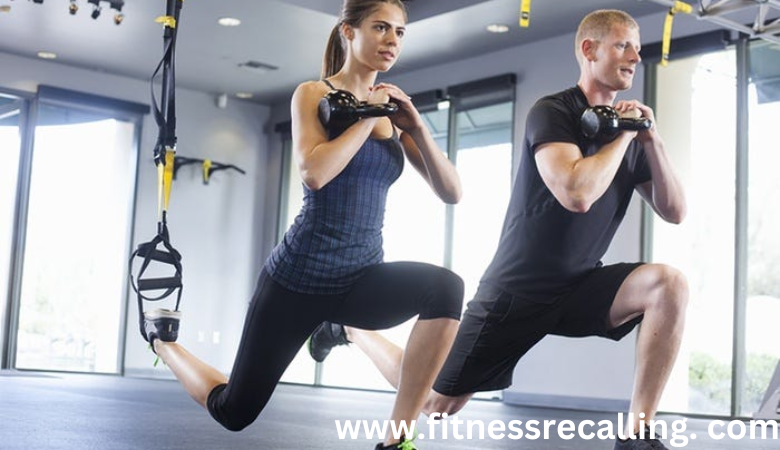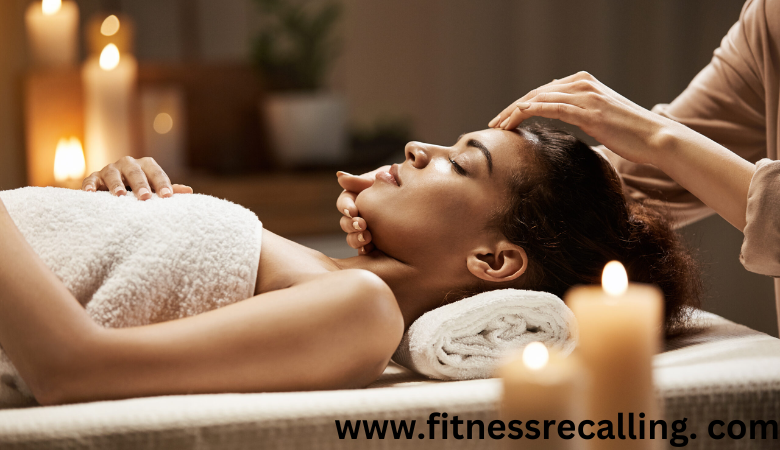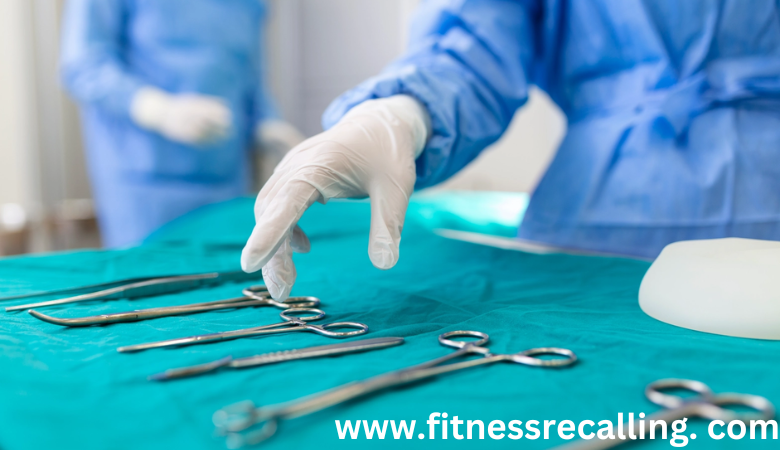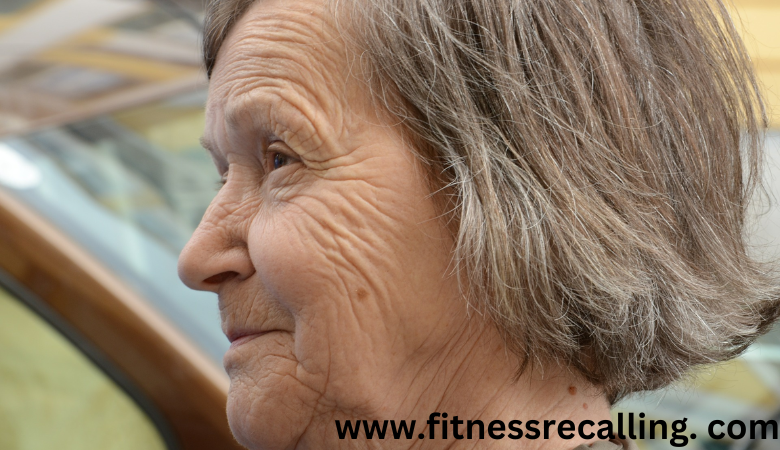Between the ages of 35 and 40, most people begin to be concerning about a loosening of the skinTrusted Source. The leading causes of age-related skin laxity include the breakdown of hyaluronic acid. A chemical that keeps the skin hydrated, elastin fibers, and collagen networks.
Pregnancy and weight loss, particularly marked or quick weight reduction. It can also cause the skin to relax by altering the structure of the skin or stretching its molecules.
Numerous other lifestyle and health issues can potentially lead to loose skin, such as:
In this post, we’ll go over standard methods for preventing skin drooping and tightening loose skin.
Concerning about working out
However, maintaining a regular exercise schedule is essential for good health and aging. Specific forms of physical activity also aid in lessening the signs of aging skin.

According to a 2015 study, endurance training may mitigate the effects of aging-related skin changes in both people and mice. The scientists found that endurance exercise improved tissue metabolism. Mainly by causing skeletal muscle to release a hormone called interleukin-15, which in turn prevented skin alterations.
Therefore, Pregnant women who have loose skin should consult a physician. A concerning about safe exercise regimens and how to maintain optimal physical fitness.
Antioxidants
By scavenging reactive oxygen species, antioxidants and antioxidant-producing enzymes may help lessen wrinkles and drooping skin (ROS). ROS are olives naturally salty substances that can start processes that lead to collagen degradation.
Additionally, antioxidants can aid in promoting the development of elastin and collagen.
The following are some instances of foods, beverages, and dietary supplements that contain antioxidants:

Vitamins Q10, magnesium, zinc, coenzyme A, C, D, and E, and epigallocatechin gallate (EGCG)
Many people’s diets provide them with adequate is iron, an antioxidant. Antioxidant supplementation may help prevent or treat skin disorders, although there is insufficient evidence to support this claim.
Specific vitamins, especially vitamins A and E, when taken in excess or for an extended period, can have adverse effects that include nausea, vomiting, and abdominal pain. It may occasionally result in more serious negative consequences.
Firming products
Therefore, there is a wide variety of topical treatments for mild cases of loose skin, including firming gels, lotions, patches, and other medications.
Seek out firming products that contain retinoid ingredients if you’re looking to buy any. Potent antioxidants known as retinoids may increase the synthesis of collagen.
Though their penetration of the skin may not be deep enough to help lift sagging skin, experts do not believe that firming solutions are generally beneficial.
At best, most firming treatments provide minor results, primarily by functioning as moisturizers, according to the American Academy of Dermatology. If users of these items do have consequences, they might need to continue using them in order to maintain those benefits.
Massage
Fibroblast stimulation and improved blood flow may result from a better massage. Cells called fibroblasts aid in the production of the connective tissues that keep skin tight, such as elastin and collagen.
According to specific research, massage may boost the synthesis of mitochondria. The metabolism of cells and tissues depends heavily on mitochondria, and there is a connection between aging skin and mitochondrial malfunction.

To determine the most effective way to employ massage to tighten the skin, more research is required. A 2017 study discovered that procollagen-1, fibrillin, and tropoelastin expression was elevated when a gentle skin massager was used for one minute, twice a day, for ten days.
The same study also discovered that massaging the face and neck with the massager after using a commercial anti-aging product increased the
non-surgical methods
Dermatologists and cosmetic surgeons can use nonsurgical techniques to lessen loose skin. However, because the outcomes are usually mild, these procedures are not helpful for severe cases of loose skin.
However, Nonsurgical methods usually only result in transient swelling and redness and do not entail any cutting or punctures. They frequently only require a short period to complete.

The majority of procedures can be used on any part of the body and are safe for people with any skin tone.
In order to cure loose skin, many nonsurgical methods increase the formation of collagen and elastin in the various layers of the skin, typically by concerning about it by applying heat beneath the skin using a variety of devices.
Radiofrequency nonsurgical
Therefore, A dermatologist will use a device against the skin to heat the tissue underneath in the nonsurgical form of radiofrequency. Most users of this technique experience improvement after just one session.
The complete effect of the treatment takes around six months, but some patients experience tightness right away. The results might endure for two to three years with proper am vs pm skincare.
Sonography

The innermost layers of the skin are affected by ultrasound. After two to six months of their initial treatment, the majority of patients report mild lifting and tightening. With subsequent treatments, they say more notable benefits and concerning about it. The therapy may have long-term effects up to a year.
Laser procedures

The epidermis, or outer layer of skin, is the target of laser treatments. Results usually take three to five medicines for most people, with changes being apparent two to six months after the final treatment. The abdomen and upper arms benefit most from laser treatments.
Concerning about minimally intrusive techniques
Some little more intrusive methods that frequently make use of the same technology or science as nonsurgical procedures could aid in the reduction of concerning about loose skin.
The following are a flat natural minor scale for few instances of minimally invasive procedures:
Revamped with a laser
Of all the nonsurgical and minimally invasive methods for treating mild occurrences of loose skin, laser resurfacing might be the most successful.
After the operation, most patients need to relax for 5-7 days, and they usually start to see effects two weeks after they recuperate. There is a slight chance of scarring after laser resurfacing.
Radiofrequency surgery
With the minimally invasive variant of radiofrequency, tiny tubes are inserted through small concerning about skin incisions to deliver heat to the areas that need to be tightened.
This technique, which is frequently done on the upper arms or neck by doctors, may show effects in as little as one month. For 4-5 days following the treatment, most patients are required to wear compression bandages, and the procedure is typically performed under local anesthesia.
Strong flashing light
To more successfully treat the skin at a natural difference levels, people frequently have treatment with radiofrequency combined with pulsed solid light. To get benefits, a person might need to undergo several intense pulsed light treatments, and people with tanned or darker skin tones may not be good candidates.
Prospects
Although loose skin is harmless and doesn’t need to be treated, some people don’t like how it looks, and a question arises: is it fat or loose skin? The reason and intensity of the symptoms, along with any underlying health concerning about and, will determine the most effective method for tightening loose skin.

For those who have really loose skin, surgery is likely to provide the most significant help.
People who have mild to moderate cases of loose skin could benefit from a variety of treatments, such as:
- workout massage firming items
- dietary supplements
- non-surgical methods
- minimally intrusive techniques
A doctor’s guidance should be sought by anyone who feels exceptionally loose in their skin.
You can also learn from concern about excess skin.
